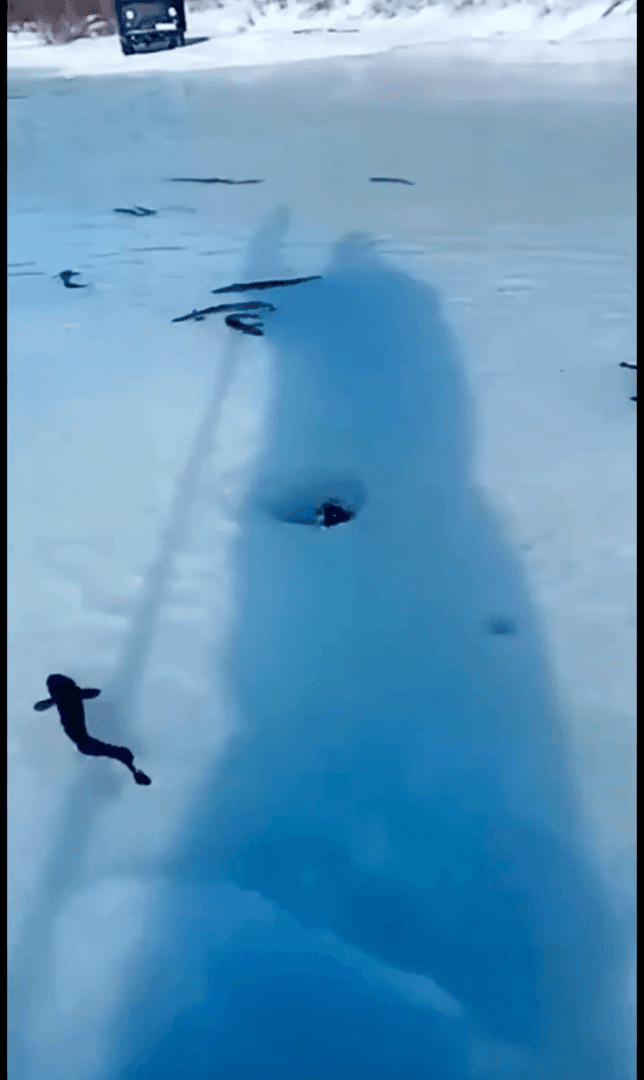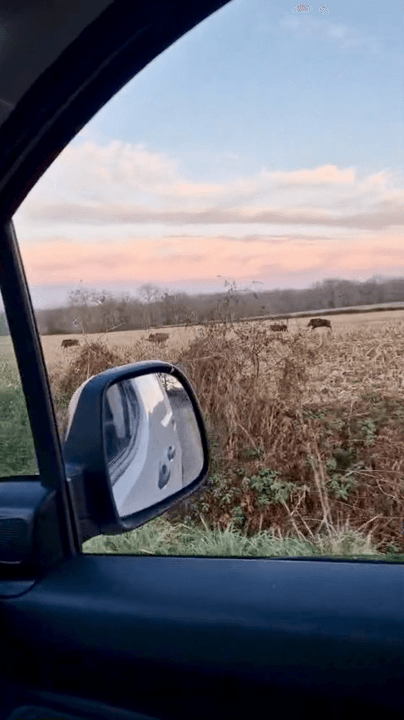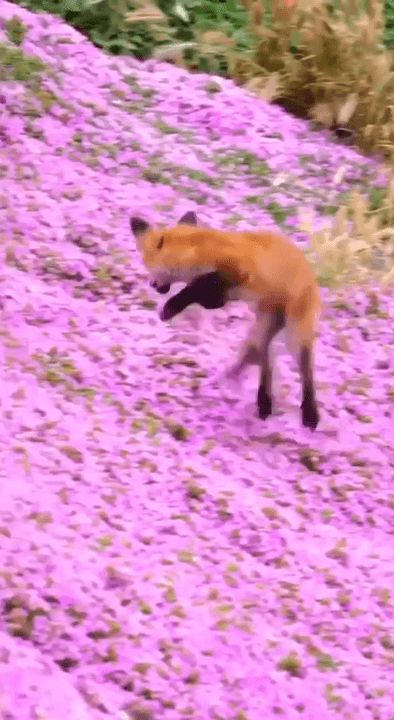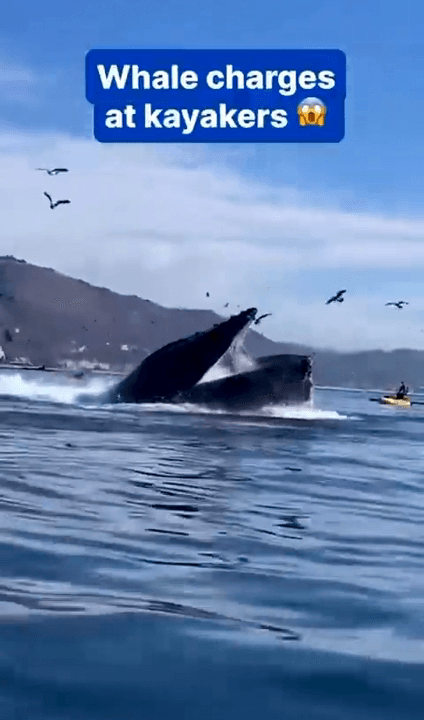
Burbot. Is it hunting or fishing? The burbot (Lota lota), often referred to as "gelod" in Russian, is a fascinating fish species that thrives in the cold, freshwater rivers and lakes across Russia. This nocturnal predator is widely distributed throughout the country, from the European part of Russia to Siberia and the Far East. It prefers deep, slow-moving waters with muddy or sandy bottoms, making it particularly well-suited to the vast network of lakes and rivers found in Russia's diverse landscapes. In many parts of Russia, burbot holds cultural significance as both a source of sustenance and a symbol of resilience against harsh conditions. Its firm white flesh is prized for its flavor and versatility, whether smoked, fried, or made into soup. During festive occasions, dishes featuring burbot are often prepared to celebrate the bounty of the winter harvest. The burbot, a fascinating and resilient freshwater fish, has developed an intriguing survival strategy to cope with low oxyg
Post: 13 February 20:27













































